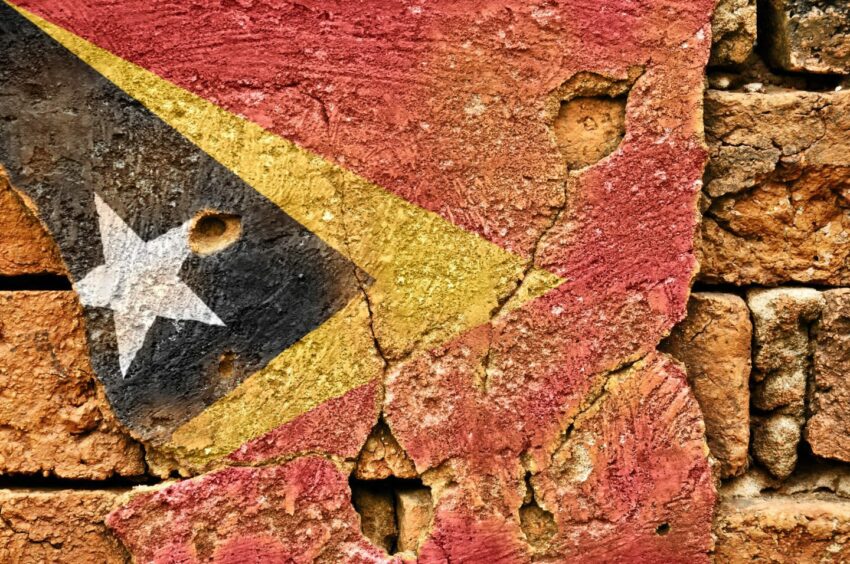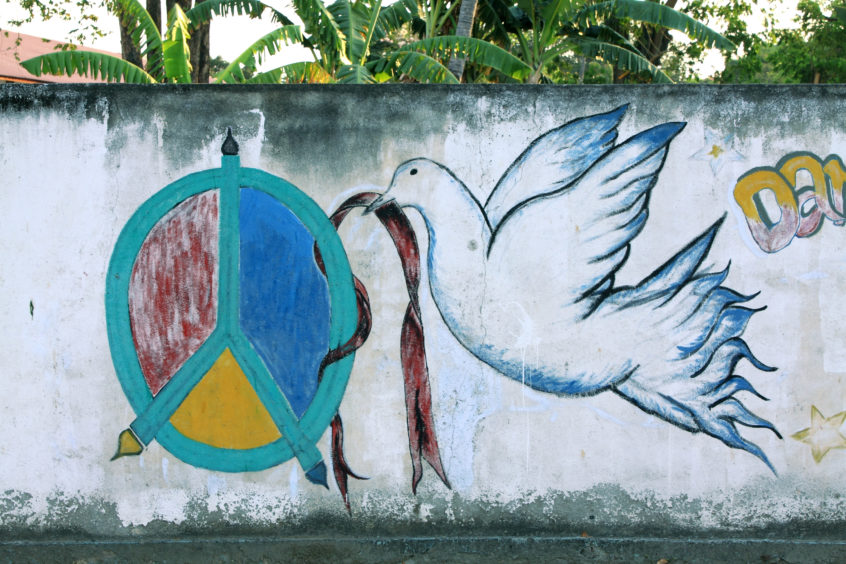
The chief executive of Australia’s Woodside Energy (ASX:WDS) appears to have made a blunder with her comments that the company is open to revisiting a greenfield LNG export development in East Timor. Significantly, the melodrama around the project will likely continue.
Although seemingly politically correct, her comments may have inadvertently stalled progress being made in Dili, where the country’s leadership have been reportedly reconsidering the benefits of using existing infrastructure in Australia to process gas from Greater Sunrise.
Woodside has been adamant for over 10 years that piping gas from the undeveloped Greater Sunrise fields to a greenfield liquefied natural gas (LNG) export terminal onshore East Timor would be technically challenging and commercially unacceptable. About 70% of Greater Sunrise – consisting of the Sunrise and Troubadour fields – lies in East Timor’s seabed following a 2018 maritime boundary deal with Australia.
However, at an investor briefing on Thursday, Meg O’Neill, who was appointed permanent CEO of Woodside in August 2021, made a significant about-turn on the company’s position towards Sunrise development.
Woodside had previously insisted that only onshore processing of Sunrise gas in Darwin, northern Australia, would be acceptable, highlighting commercial reasons and technical risk of laying pipelines over the deep-sea Timor Trench.
However, she said Woodside now recognised the importance of an onshore development in East Timor for that country and therefore Woodside had reopened talks around potential development concepts for Sunrise in East Timor, also known as Timor Leste.
It seems O’Neill has been nudged towards political correctness, perhaps by the Australian Labor government, which won power in May, and that has a historically strong relationship with East Timor’s leadership and powerful elite.
Indeed, since Labor’s victory, the rhetoric over the stalled Sunrise development has warmed up. In October, Australia appointed former Victoria state premier Steve Bracks as its special representative for the Greater Sunrise gas project in East Timor as both countries seek to break a stalemate over how to develop the gas fields, reported Reuters.
“Bracks will represent the Australian Government and consult with the Government of Timor-Leste and other key stakeholders, including the Sunrise Joint Venture,” Foreign Minister Penny Wong said in a statement.
Bracks has deep knowledge of East Timor and close relationship with its people and leaders because of his close engagement over many years, Wong said.
Indeed, Bracks has a very cozy relationship with The Timorese leadership, particularly Xanana Gusmao, the country’s de-facto leader.
Now, Woodside is publicly making a significant about turn. Although, ironically, just as the powerful figures in East Timor’s corridors of power were covertly reconsidering the benefits of pivoting towards allowing Woodside to pipe the gas to existing LNG plants in Darwin for processing.
O’Neill’s comments will surely be seen as a glimmer of support by East Timor’s proponents for a large-scale greenfield development on its shores before parliamentary elections next year.
Over the past decade or so, East Timor’s leaders have doggedly insisted that Greater Sunrise should be developed on their home soil. The Sunrise project was the centrepiece of East Timor’s strategic development plan formulated in 2011.
On a visit to Australia in September, East Timor’s President Jose Ramos-Horta urged Canberra to back the pipeline to East Timor and flagged that Indonesia, South Korea, Japan, and China could become potential investors in Greater Sunrise.
As Reuters noted, the project is crucial to Timor’s future as its main source of revenue – the Bayu Undan oil and gas field – will stop producing this year, leaving the country almost wholly dependent on its petroleum fund.
With very little oil revenue coming in, high withdrawal levels, and a dismal international financial market, the balance of the fund dropped to $16.9 billion at the end of October, down from $19.7 billion at the start of 2022. At this rate, even without taking out more to invest in Sunrise, the fund will be empty within a decade, analysis from independent thinktank La’o Hamutuk shows. The government realises that the country is moving toward a “fiscal cliff”, but the 2023 budget just approved by parliament continues and anticipates spending at increasingly foolhardy levels, according to Dili-based La’o Hamutuk’s latest submission to parliament.
If any greenfield development in East Timor were ever to proceed, it’s not clear how the Timorese national oil company TimorGAP, would fund its share of the project. Woodside has a 33.44% stake in Greater Sunrise. Timor GAP holds 56.56% after buying out Shell and ConocoPhillips in 2018. Japan’s Osaka Gas holds the balance of 10%.
Conservative estimates suggest TimorGAP would need to stump up $10 billion for the development of Sunrise in East Timor. The country would be spending $10 billion before even seeing a dollar come back.
There are technical risks too. The fields are only about 150 km south of Timor Leste’s coastline but in between lies the 3,300 metre-deep Timor Trench, which creates significant challenges for laying pipelines.
Peter Strachan, a Perth-based independent energy analyst, told Energy Voice “I guess that if Timor Leste wanted to stump up the cash to build and own the LNG plant on shore and gas transport facilities, then Woodside would be keen to sell the gas as a merchant supplier into their facilities. In this way, Woodside would not have any assets in East Timor and if it all fell over, Woodside would still have its equity in the developed Sunrise fields and could commercialise the gas in another way.”
Indeed, Woodside as an experienced LNG developer, would mitigate risk as much as possible as they matured any East Timor project. Industry discipline is so strong at the moment that they would not sanction anything they were not comfortable with.
The irony is that Greater Sunrise gas could have easily already been sent to backfill an existing LNG plant in Darwin. Crucially, findings from a UN-backed Conciliation Commission in 2018 showed that development of Greater Sunrise oil and gas in East Timor was unviable, contrary to what East Timor’s government claimed at the time.
Conversely, the analysis found that sending Greater Sunrise gas to Darwin for processing was commercially attractive for both East Timor and the investors.
But this was not to be. Since then, in 2018, Greater Sunrise has moved no closer to development. There have not even been any terms agreed for a production-sharing contract (PSC), which is a crucial requirement for any project to proceed. Unfortunately, it seems Sunrise will remain an eternal long shot.
As always with East Timor, there is lots going on behind the scenes, involving lots of different stakeholders. With the arrival of the Labor government in Australia, the appointment of Steve Bracks as a key middle man, and Woodside’s U-turn commentary, it seems the Sunrise saga enters a new chapter with more melodrama to be expected. A situation the Timorese are good at exploiting. But whether that will result in Sunrise, discovered in 1974, ever being developed remains to be seen. The clock is ticking. Tick tock. Tick tock.

